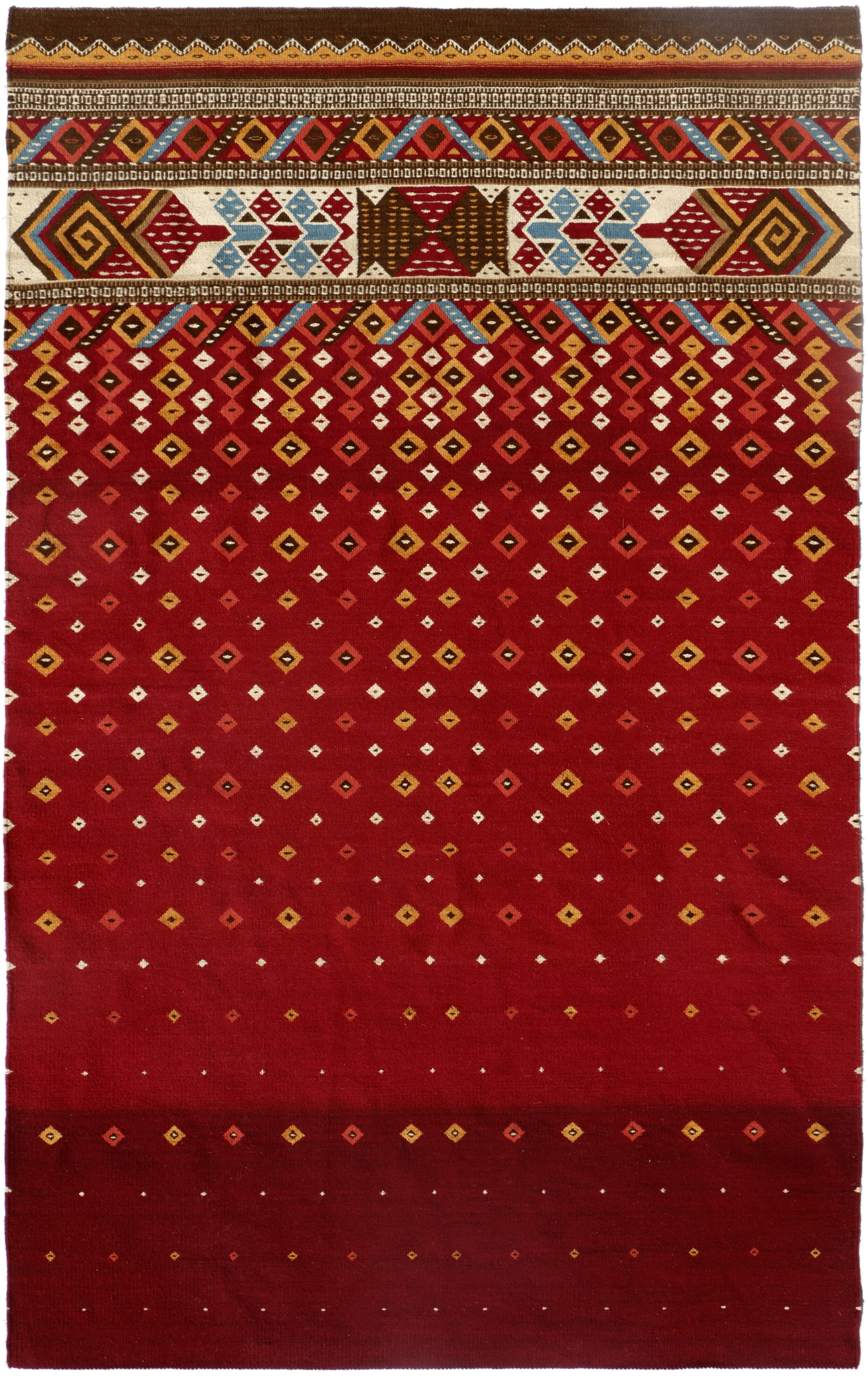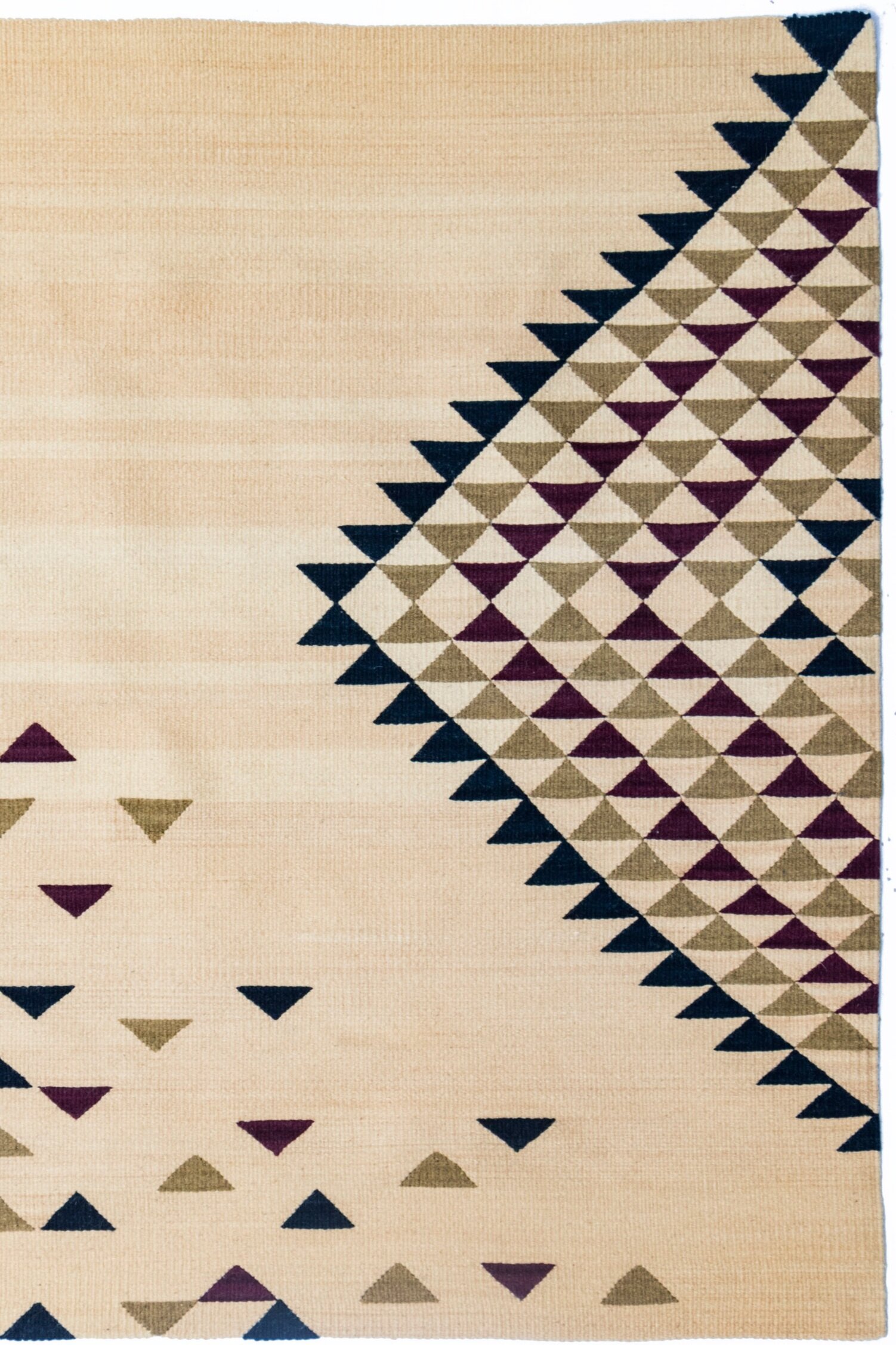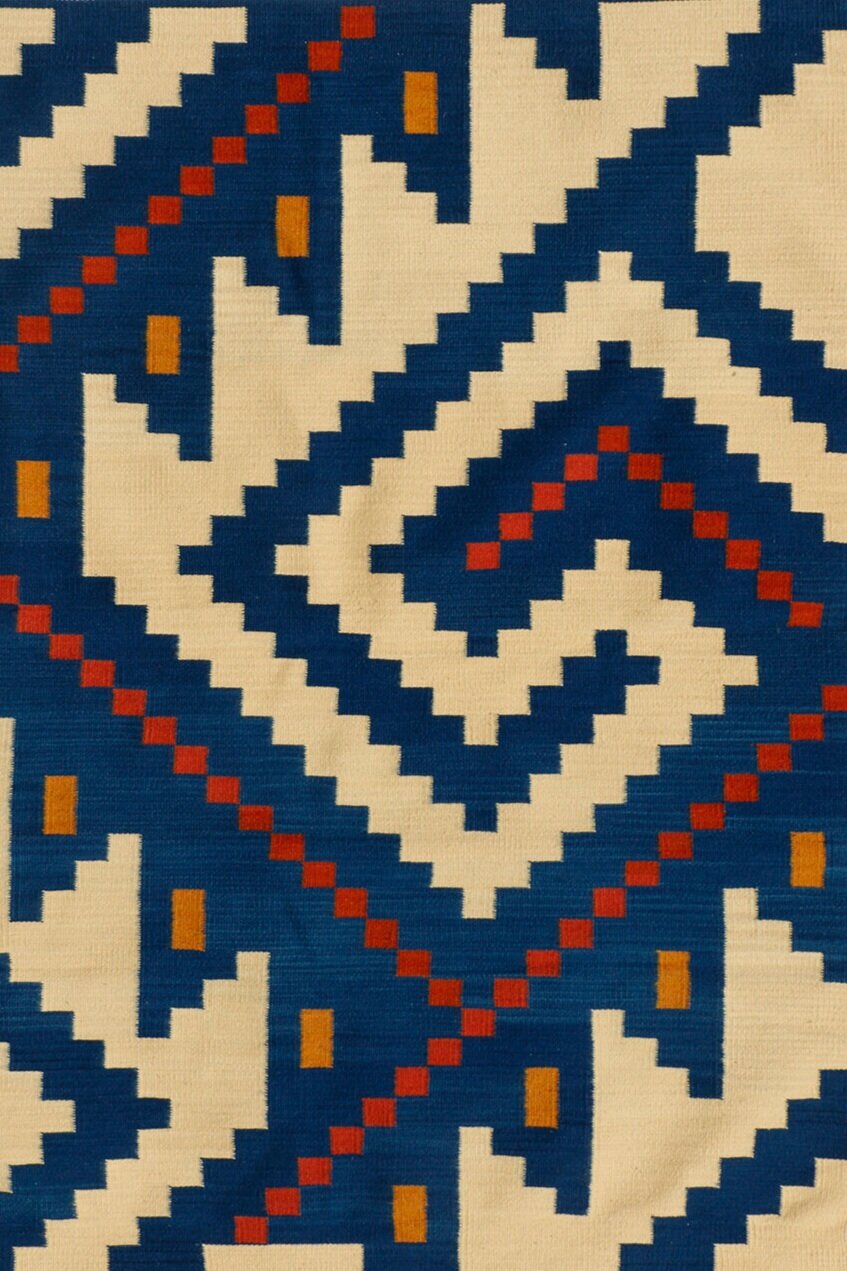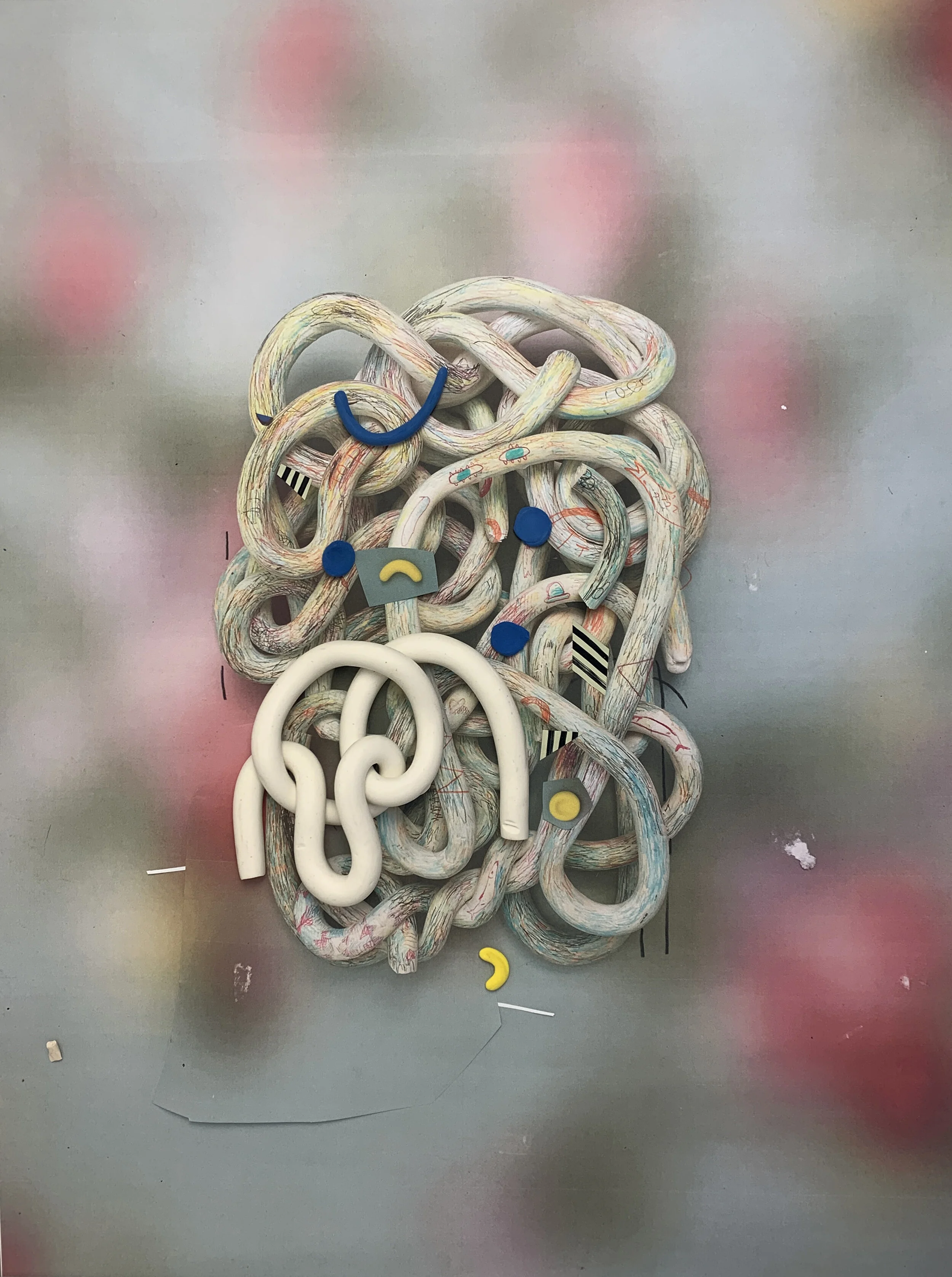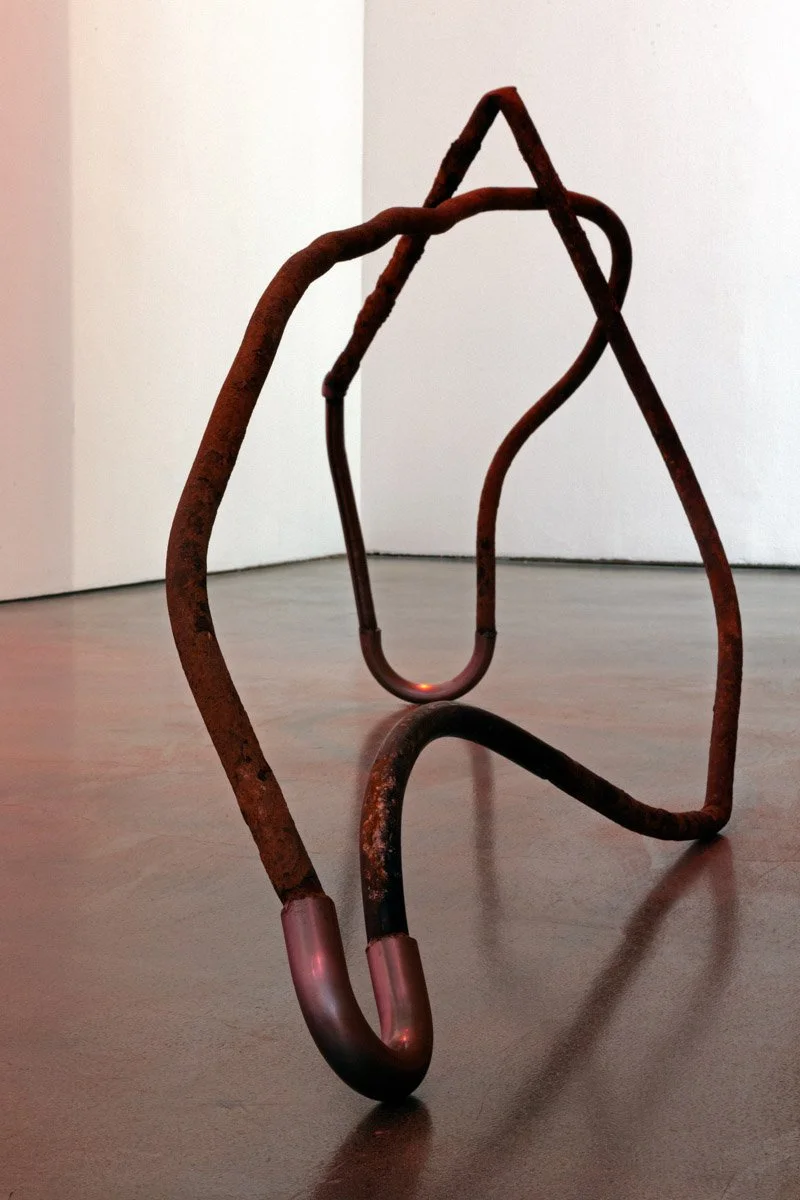Porfirio Gutiérrez opens studio at Bell Arts Factory
By Iriany Sánchez
Since the end of last year, Porfirio Gutiérrez has kept the Tool Room Gallery at Ventura’s Bell Arts Factory as his workspace, studio and gallery. Gutiérrez is the 2021 Art Prize recipient from the Carolyn Glasoe Bailey Foundation in Ojai.
A California-based Zapotec textile artist and natural dyer, Gutierrez was born and raised in the richly historic Zapotec textile community of Teotitlán del Valle in Oaxaca, Mexico. He grew up immersed in color – surrounded by the wildness of Oaxaca’s mountains and the knowledge that plants provide healing and color.
Revitalizing and preserving traditional Zapotec natural dye techniques has been Gutierrez’ life’s work. However, the artist has carried this out with a keen focus on reinterpreting traditional textiles and materials, reflecting a distinct creative vision of his own.
Working at the Tool Room Gallery, Gutiérrez’ art practice maintains his ancestors’ spiritual belief that nature is a living being – sacred and divine. His grounding in traditional Zapotec knowledge manifests in his textiles, where he reinterprets the conventional weaving language. Subverting and re-imagining symbols and forms, his textile designs morph toward the fractal forms and spaces of architecture that evoke the movement Gutierrez sees in cities and urban environments.
An original woven rug by Porfirio Gutiérrez in his Bell Arts studio. Photo by Debra Herrick
Gutiérrez is truly an American artist. He moves freely across the imposed border between Mexico and the United States, as his ancestors and many other Indigenous peoples have done for thousands of years. His designs draw deeply on his experiences of both cultures, moving between the traditional and the modern, but always reliant on the deep knowledge and spiritual dimensions of his work. Gutiérrez’ practice is an offering to the land and celebrates the people who now call this land home.
The story of his art has been told in The New York Times, PBS and BBC London. Gutiérrez has been featured in Vogue Australia and the Smithsonian’s American Indian Magazine. In 2015, he received the Smithsonian Institution’s Artist in Leadership fellowship award and recently, his work was acquired for the permanent collections of the Museo Nacional de Culturas Populares, Fomento Cultural Banamex and the Smithsonian’s National Museum of the American Indian. Additionally, a selection of Gutiérrez’ dye materials was also documented and added to Harvard Art Museums’ Forbes Pigment Collection, the world-renowned archive of artist materials.
Gutiérrez achieves vibrant colors from organic materials. Photo by Debra Herrick
Porfirio Gutiérrez working at his loom. Photo by Debra Herrick
In Conversation
Iriany Sánchez: At what point in your life did you first learn about your field of work? What called you to do what you do today?
Porfirio Gutiérrez: There was a point where I had to make the decision to quit my 8 to 5 job. I made that decision after recuperating from an illness. After that, I made art a priority and not just a hobby.
Even though I currently reside in the US, the topic of migration is of much importance to me. I know how important it is to have been brought up and shaped in our native communities and cultures. That shapes not only the person I am today but also the contribution I can make to the world.
Growing up, I had no idea that I would be what I am now. I just became part of my community. As a child, I didn’t think that I would make a career out of my everyday life.
What is the biggest sacrifice you have made to be able to succeed as an artist?
Life is full of sacrifices. The biggest sacrifice for me is the time I can’t spend with my family because I have to travel.
What does success mean to you?
To be able to leave a legacy.
What would you tell your younger self that you wish you had known?
To focus more – but not even that because I have always been very focused.
What does the world need more of?
The world needs more sensitivity towards the environment and culture.
Woven rugs by Porfirio Gutiérrez. Photo by Debra Herrick
• • • •
Desde finales del año pasado, Porfirio Gutiérrez ha mantenido como su espacio de trabajo, estudio y galería a la bien conocida ‘The Tool Room Gallery’ en Bell Arts Factory en Ventura. Gutiérrez es el ganador del Premio de Arte 2021 de la Fundación Carolyn Glasoe Bailey en Ojai.
Gutiérrez, artista textil zapoteca y tintorero natural con sede en California, nació y fue criado en la ricamente histórica comunidad textil zapoteca de Teotitlán del Valle en Oaxaca, México. Creció inmerso en el color, rodeado de la naturaleza salvaje de las montañas de Oaxaca y del conocimiento de las plantas para sanar y colorear.
El trabajo de su vida ha sido revitalizar y preservar las técnicas tradicionales de tintes naturales zapotecas con un enfoque en la reinterpretación de textiles y materiales tradicionales para reflejar su visión creativa distintiva.
En su estudio, la práctica artística de Gutiérrez mantiene la creencia espiritual de sus antepasados en la naturaleza como una criatura viviente, sagrada y divina. Su fundamento en el conocimiento tradicional zapoteca se manifiesta en sus textiles, reinterpretando el lenguaje tradicional del tejido, subvirtiendo y reimaginando los símbolos y formas, transformando sus diseños textiles hacia las formas y espacios fractales de la arquitectura y el movimiento que ve en las ciudades y entornos urbanos.
Gutiérrez es un artista verdaderamente americano, que se mueve libremente a través de las fronteras impuestas entre sus dos países, México y los Estados Unidos, como lo han hecho sus antepasados y muchos otros pueblos indígenas durante miles de años. Sus diseños se afirman profundamente en sus experiencias de dos culturas, moviéndose entre lo tradicional y lo moderno, pero siempre confiando en el conocimiento profundo y las dimensiones espirituales de su trabajo. La práctica de Gutiérrez es una ofrenda a la tierra y celebra a las personas que ahora llaman hogar a esta tierra.
La historia de su arte se ha contado en The New York Times, PBS y BBC London. Gutiérrez ha aparecido en la revista Vogue Australia y en la revista American Indian del Smithsonian. En 2015, recibió el premio de beca de Artista en Liderazgo de la Institución Smithsonian. Su trabajo está en la colección del Museo Nacional de Culturas Populares, Fomento Cultural Banamex y el Museo Nacional del Indio Americano del Smithsonian. También se documentó una selección de materiales de tinción de Gutiérrez y se agregó a la colección de pigmentos Forbes de los museos de arte de Harvard, el archivo de materiales de artistas de renombre mundial.
En conversación
Iriany Sánchez: ¿En qué momento de su vida aprendió por primera vez sobre su campo de trabajo? ¿Qué le llamó a hacer lo que hace hoy día?
Porfirio Gutiérrez: Hubo un punto en el que tuve que tomar la decisión de dejar mi trabajo de 8 a 5. Tomé esa decisión después de recuperarme de una enfermedad y luego hacer de mi arte una prioridad y no solo un pasatiempo.
Aunque actualmente resido en los Estados Unidos, el tema de la migración es de mucha importancia para mí. Sé lo importante que es haber sido educado y formado en nuestras comunidades y culturas nativas y cómo eso da forma no solo a la persona que soy hoy, sino a cualquier contribución que pueda hacer al mundo.
Al crecer, no tenía idea de que sería lo que soy ahora. Simplemente formé parte de mi comunidad. De niño no pensé que alguna vez haría una carrera profesional de mi vida cotidiana.
¿Cuál es el mayor sacrificio que ha hecho para poder tener éxito como artista?
La vida está llena de sacrificios. El mayor sacrificio para mí, es el tiempo que no puedo pasar con mi familia porque tengo que viajar.
¿Qué significa el éxito para usted?
Poder dejar un legado.
¿Qué se diría a usted mismo de joven que le hubiese gustado saber entonces.
Enfócate más, pero ni siquiera eso porque siempre he estado muy enfocado.
¿De qué necesita más el mundo?
El mundo necesita más sensibilidad hacia el medio ambiente y las culturas.
Cover: Porfirio Gutiérrez at work in his Bell Arts studio. Photo by Debra Herrick


